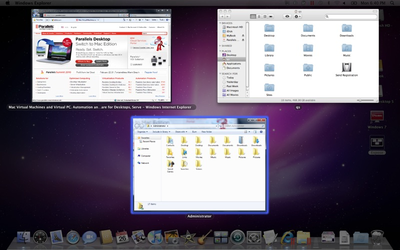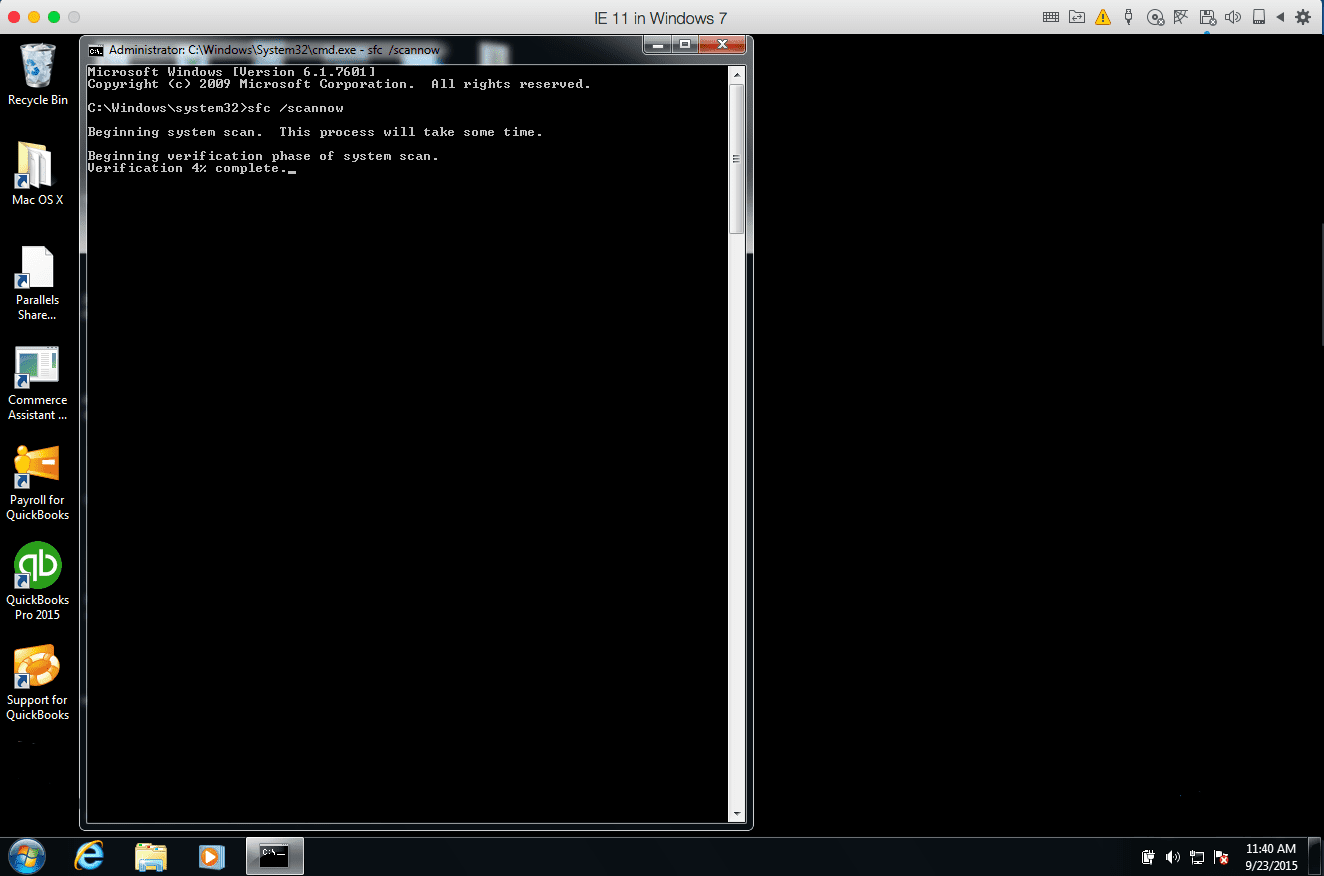Now start Parallels Desktop application from Mac's Applications folder. You will see a welcome screen, click 'Use my virtual machines'. After that you will see your virtual machines list. Right-click the item with your virtual machine's name. Now you can change RAM allocation. As for the best RAM allocation - there is no silver bullet here. Similarly to processors, best practice is to assign half of Mac's total RAM. NOTE: The amount of memory assigned to a virtual machine must be multiple of 1024 or Windows may behave inappropriately.


Virtual machine’s capabilities are seemingly endless. Whether a Mac user needs Windows for gaming, Microsoft Office, or design programs – Parallels Desktop for Mac has you covered.
Parallels For Mac Memory Allocation Tool
One important question remains: How do users know when to allocate specific resources to the virtual machine based on their needs?
It is a widely-discussed myth that a virtual machine needs ALL of the host machine’s resources in order to run effectively. This is simply not true.
In order to avoid mistakes with a virtual machine’s configuration, our team would like to shed some light on the matter by dispelling three common myths about virtual machine performance.
Myth 1: The more processors I assign to my VM, the better.
It sounds logical—more is better.Well, that’s not exactly true.One or two virtual CPUs is enough for most of the Windows applications you run. Assigning three CPUs can even slow down overall performance, especially if you have an older Mac model.To see how many CPUs are assigned to your virtual machine, launch Parallels Desktop, and make sure your virtual machine is shut down.Go to Virtual Machine Configuration > Select the Hardware tab > CPU & Memory.You can then configure the number of processors (CPUs) to provide the appropriate number of computing resources for the workload you plan to run in the virtual machine.Parallels For Mac Memory Allocation Memory
In most cases, one or two CPUs provide the best performance with a virtual machine. Assigning several CPUs to your virtual machine may be required if outlined in your Windows program system requirements, but it also depends on your actual Mac hardware.
We unable to add to virtual machine more resources then your Mac has.
In order to add the necessary CPU numbers and get the best virtual machine performance as a result, we need to decide how we would like to use virtual machine: for gaming or just run any counting application like a QuickBooks, and also carefully read the application’s system requirements.
What Is Page Memory Allocation
Myth 2: Maxing out my RAM makes my Windows VM run faster.
Memory Allocation Failure
When you create a virtual machine on your Mac, Parallels Desktop allocates a certain amount of RAM by default to your virtual machine—the allocated amount depends on how much memory you have on your Mac and the user profile you’ve chosenduring setup.Let’s make a short test.Utilizing a MacBook Pro withParallels For Mac Memory Allocation Upgrade
 8 GB of RAM,
8 GB of RAM, Parallels For Mac Memory Allocation Tool
Iopened a Microsoft Office programs and then started a resource-intensive program such as the Autodesk Revit Architecture application.Firstly, I used 2GB of RAM and everything worked smoothly. Then, I added RAM to my VM and play Burnout Paradise with 4 GB RAM memory.Parallels Mac Memory Allocation
I continue to receive an error that we do not have enough memory. I cannot figure how to allocate more memory from my MAC side to the Windows side.
My MAC processor is 2 GHz Intel Core 2 Duo
Memory 3 GB 667 MHz DDR2 SDRAM
My Windows:
2.00GHz, 2.00 GB of RAM
Local Disk (C): 31.2 GB total size with 421 MB Free Space
DC Drive (D) 620 MB total size with 0 bytes Free Space
Network Drive (Y): 232 GB total size with 137 GB Free Space
.MAC on 'psf' (Z):Network Drive 232 GB total size with 137 GB Free Space
Any suggestions?
Thanks,